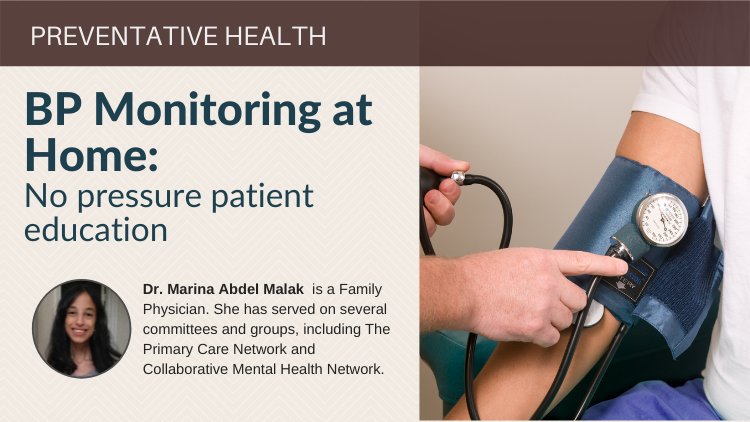An air of ambiguity surrounds the relationship between blood pressure and dementia. While some studies indicate that hypertension increases the risk of Alzheimer disease (AD) or other dementias, others seem to show that low blood pressure confers a higher dementia prevalence. The two observations are not necessarily contradictory, as demonstrated by a recent study at the Aging Research Center in Stockholm, Sweden. A community-based, longitudinal trial, the Kungsholmen Project was conducted to explore whether low blood pressure is prospectively associated with the occurrence of AD and dementia in the elderly.
The study population consisted of 1,270 dementia-free subjects (as determined by the MMSE) older than 75 years. At first follow-up of three years, 772 remained dementia-free and were tracked for the subsequent three years. During six-year follow-up, 339 of these patients developed dementia. The two groups did not differ significantly in their frequency of vascular disease or average systolic, diastolic or pulse pressures.
However, when statistically analysed, high systolic blood pressure (>180mmHg) conferred a significant increased risk for dementia (adjusted relative risk of 1.6) and for AD (adjusted relative risk of 1.5). High diastolic pressure (> 90mmHg) was not related to increased risk, but very low diastolic pressure (= 65mmHg) was related to an increased risk for both dementia and AD (adjusted relative risk of 1.5 and 1.7, respectively). Patients undergoing antihypertensive therapy at baseline were less likely to develop AD or other dementias than those who were not. Interestingly, though the use of antihypertensive medication did not significantly affect the association of dementia risk with systolic pressure, dementia risk was correlated with low diastolic pressure in patients using antihypertensive drugs.
The study confirms previous findings that high systolic blood pressure may be a risk factor for increased dementia incidence. Antihypertensive therapy appears to be largely protective against AD and dementia in the elderly. However, subjects with high systolic pressure remain in danger of developing dementia despite treatment, and subjects with low diastolic pressure may in fact be harmed cognitively by using antihypertensive drugs.
These results may reflect the contribution of high systolic and low diastolic pressure to arterial stiffness and widespread atherosclerosis, pathologies previously correlated with dementia and AD. The association between cognitive disease and low diastolic pressure may be further explained by previous studies, which have suggested that cerebral hypoperfusion may precede neurodegenerative pathological changes.
A major limitation of this study is that blood pressure was assessed only at baseline. Therefore, the results can only be used to determine whether blood pressure at a given point is a determinant of incident dementia, but not the direct effect of blood pressure fluctuations on dementia development.
In light of the observed results, antihypertensive therapy should be considered as a preventative for dementia with caution. Further studies are required to assess the precise points at which systolic and diastolic pressures most effectively minimise the risk for dementia. If such an ideal is established, perhaps the fine-tuning of blood pressure from an early stage in life can prevent cognitive decline further along the road.
Source
- Chengxuan Q, von Strauss E, Fastbom J, et al. Low blood pressure and risk of dementia in the Kungsholmen project. Arch Neurol 2003;60:223-8.

